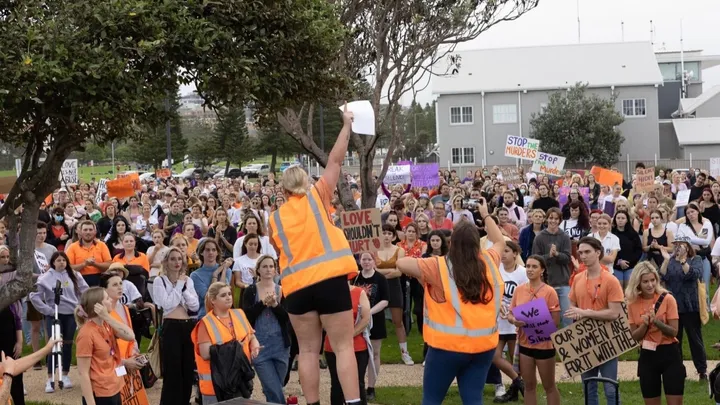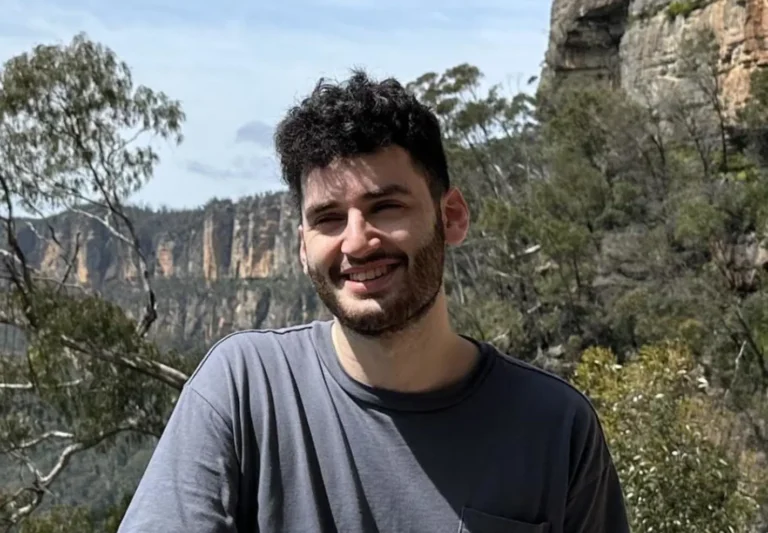
Solar Solutions
BY ALEC SMART
The Australian Government’s Standing Committee on the Environment and Energy is holding a feasibility study into introducing nuclear power. A public forum inviting submissions and comment closed on September 16. But does Australia, which emits significant climate-warming carbon dioxide (CO2) from its fossil fuel fired power stations, need to transition to nuclear energy? Why not solar?
Nuclear power introduces a range of major problems. These include: the disposal of radioactive waste, which can take thousands of years to break down to ‘safe’ levels; the safeguarding of reactors from terror attacks; risk of technical faults or human error such as that which caused the 1986 Chernobyl ‘meltdown’ in the Ukraine (which spread radioactive contamination across Europe and rendered the neighbouring city of Pripyat an uninhabitable ghost town for centuries); and threats from natural forces, such as the 2011 Tōhoku earthquake and tsunami in Japan that caused the Fukushima Daiichi nuclear disaster in Japan (when surging waves swamped the reactors, causing hydrogen explosions and the release of radioactive contamination into the sea and atmosphere).
Here comes the sun
Mark Bretherton of the Clean Energy Council (CEC), the peak body for the renewable energy industry in Australia, which represents over 750 businesses working in rooftop and large-scale solar, wind and hydro energy, and energy storage, told City Hub: “Basically, based on cost, nuclear just doesn’t make any sense. It is one of the most expensive kinds of electricity generation you can build, and all indications are that this is set to continue.
“In contrast, solar power has gone from being one of the most expensive types of energy generation to the cheapest along with wind power. It’s change that some policymakers are still struggling to get their heads around. We now have more than 2 million homes with solar panels nationwide, and there are enough projects in the system for Australia to meet the 2020 large-scale Renewable Energy Target. We don’t need nukes – they would take a minimum of 10-15 years to get up and running and we just don’t have that kind of time on our side.”
Australia’s electricity is derived from 20 coal-fired and 152 gas-fired power stations. Around 86% of Australia’s energy is generated from fossil fuels, with 73 percent from coal and 13 percent from gas, the latter divided between natural gas, landfill fermentation, coal seam gases and diesel.
According to the International Energy Agency, coal accounts for 40% of the world’s electricity production. China, USA, Russia, India and Japan have the biggest demand, making up over 75% of worldwide coal consumption. Australia feeds that demand.
About 75% of coal mined in Australia is exported, from the high-quality bituminous black coal to the lower-quality compressed peat lignite (known as brown coal and the most hazardous to health). Around 90% of it is shipped to Japan, China, Korea, India and Taiwan, with the remaining 10% dispatched to other nations.
No nukes
In order to fulfill Australia’s commitments to the 2016 Paris Agreement, the international accord to reduce greenhouse gas emissions and transition away from fossil fuels, nuclear industry lobbyists are applying pressure to adopt nuclear energy.
The USA began developing commercial energy from nuclear power in the 1940s, whilst in Britain it began in the mid-1950s, although the US Navy took the lead in harnessing the technology by powering long-distance ships, beginning in 1951 with the nuclear-powered submarine USS Nautilus (the first vessel to cruise beneath the North Pole).
The first atomic power station connected to a power grid was an experimental reactor at Obninsk, Russia, in June 1954, although the first to generate electricity on an industrial scale was Calder Hall in Sellafield, England, in August 1956. Calder Hall’s primary purpose was to produce weapons-grade plutonium; electricity production came second.
The first American atomic power generator to contribute electricity to their national grid was the SM-1 in Fort Belvoir, Virginia in April 1957.
Since then there have been multiple accidents when atomic power plants discharged radioactivity into their surroundings. Many remain secret. Rated 1 – 7 from ‘anomaly’ to ‘major’ on the International Nuclear Event Scale, some were extremely serious causing multiple fatalities or long-term health issues to those who were exposed.
Chernobyl and Fukushima Daiichi were both level 7 incidents.
The Kyshtym disaster at the Mayak Plutonium plant in the Southern Urals, Russia, in September 1957 is the only level 6 disaster. Kept secret by the Soviet regime for 30 years, a poorly maintained storage tank at the military facility exploded, releasing 50-100 tons of highly radioactive material into the surrounding environment.
At the Sellafield site in Britain, between 1950 and 2000, there were 21 serious incidents or accidents involving radiological releases, one at level 5, five at level 4 and fifteen at level 3. The Irish Sea is one of the most radioactively contaminated seas in the world, attributable to some of these discharges.
The Three Mile Island accident in Pennsylvania, USA, in March 1979 – rated level 5 – was the most significant accident in the US’s commercial nuclear power plant history. A partial melt-down of the plant caused a large volume of coolant water to escape, releasing radioactive materials into the environment.
When it comes to disposal of spent nuclear fuel, the primary waste is combustibly unstable and, if improperly stored, can cause sickness, cancer and death to whomever is exposed if it leaks into the environment.
The US military recycled the depleted uranium (U-238) derived from nuclear reactor waste into bullets and tank shells that US forces fired throughout Iraq during their invasion in 1991. This probably contributed to the widespread ‘Gulf War Syndrome’ of chronic and multi-symptom illnesses that affected approximately one-third of the 800,000 US combat veterans.
The different plutonium isotopes in nuclear fuel waste degrade at different rates, but plutonium 239 decays to uranium-235, which is the most suitable compound for nuclear bombs. As the other isotopes decay over time, the U-235 becomes easier to extract from the waste, which critics say makes all disposal methods unsafe in the long run.
Not cost-effective
While the federal government considers nuclear power, according to an April 2010 NSW Government discussion paper on Planning for Renewable Energy Generation: “Australia has the highest average solar radiation of any continent in the world, and solar power is Australia’s most abundant energy resource.”
NSW alone has excellent solar resources, and yet, across Australia, below 2% of all energy used is sourced from solar power.
On October 4, the CEC presented a submission to the Australian Government’s inquiry into nuclear energy declaring the benefits of renewable energy, its affordability, zero emissions, no waste and high employment opportunities, and called for better management of the transition to renewable energy sources.
CEC stated: “Nuclear power has been analysed and considered regularly over the past decades in Australia, and the conclusion continues to remain the same: it is too costly…
“CSIRO’s GenCost study 2018 notes that the small modular reactors being considered as part of your inquiry are substantially more expensive than almost every other form of electricity generation technology, with current costs in excess of $250/MW/hr, and with no expectation of cost reductions in the coming decades.
By comparison, the prices of wind and solar energy are in the region of $50/MWh, and recent power purchase deals show that firmed wind and solar costs are now below $70/MWh, and are expected to continue to fall with continuing improvements in technology costs and construction efficiencies.”
The Australian Government’s report on its feasibility study of nuclear power is expected to be finalised by the end of 2019.









